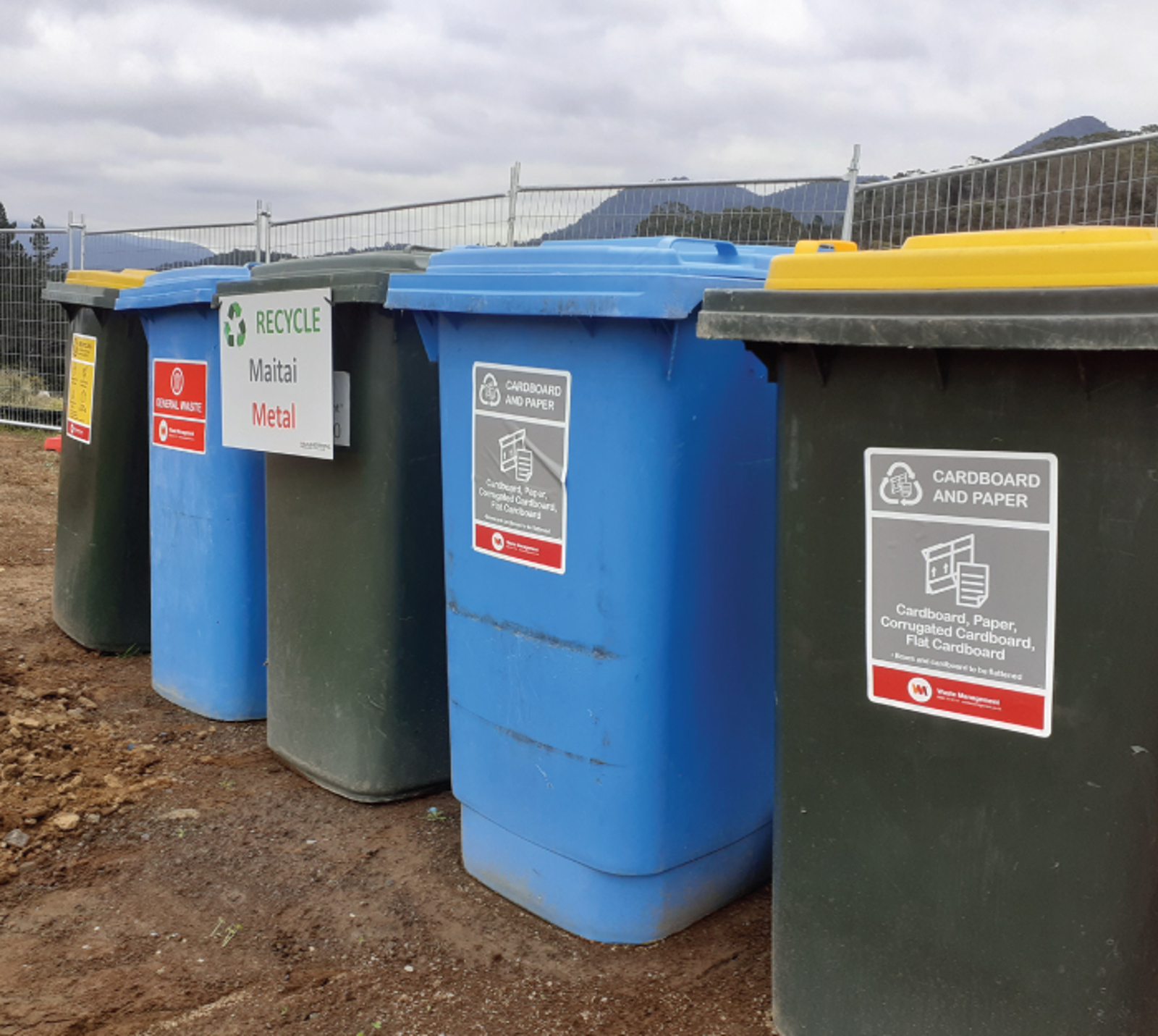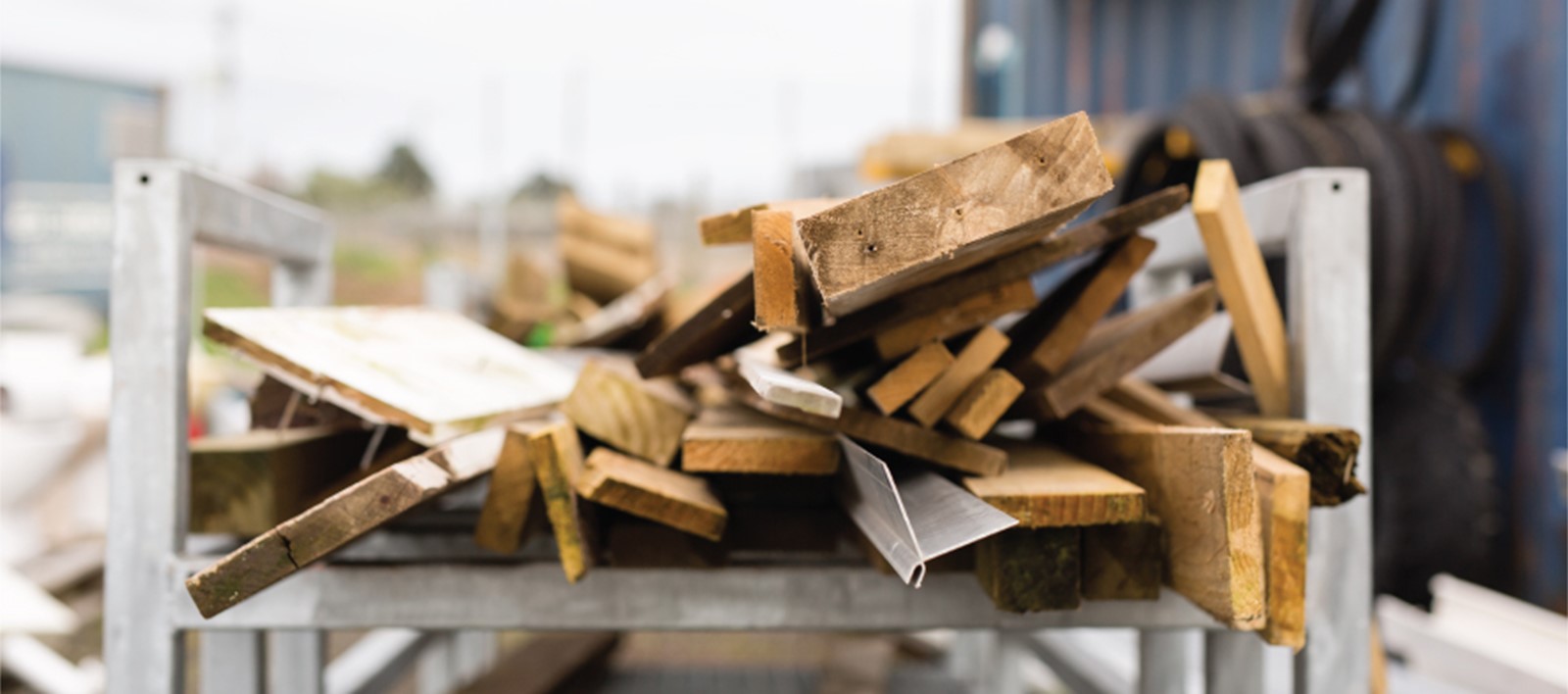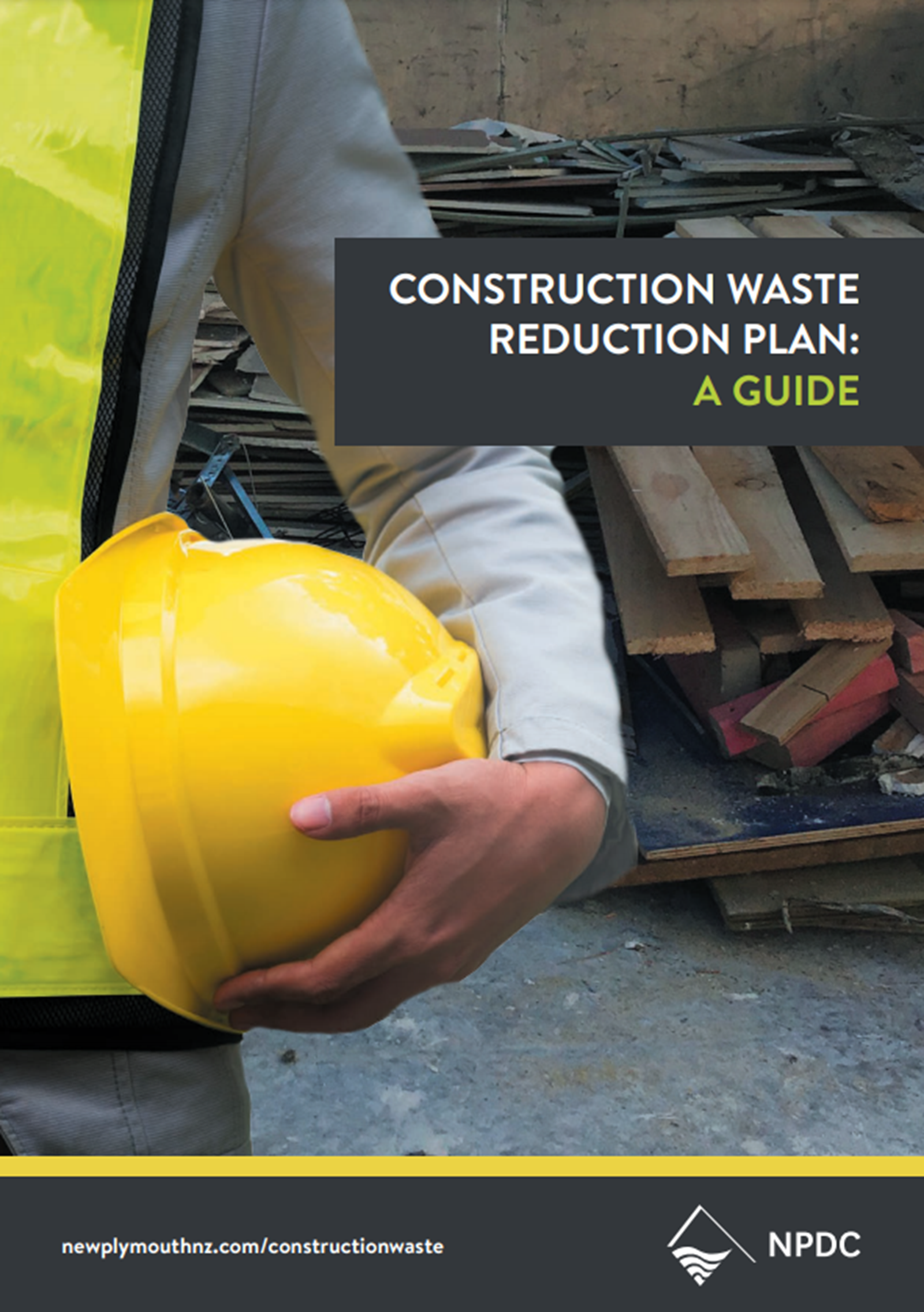Good practice in the local construction sector
Since the requirement for a Construction Waste Reduction Plan was introduced by NPDC in August 2021, we have been working with a wide range of building consent applicants and construction and demolition companies to complete their Construction Waste Reduction Plans.
So far, construction companies that have completed Construction Waste Reduction Plans for underway projects include Bruce the Builder, Chris Bell Construction, Clelands Construction, Custom Construction, Downer, Kiwispan NZ, Leighs Construction, Livingston Building, Nikau Construction, Pepper Construction, Profound Group, and Steve Ekdahl.
Congratulations to these companies for implementing changes within their sites and teams in order to plan for waste reduction and track quantities and end destinations of waste materials.
If you would like to request a presentation for your project management or site team, please get in touch with a NPDC Commercial Waste Minimisation Officer.


